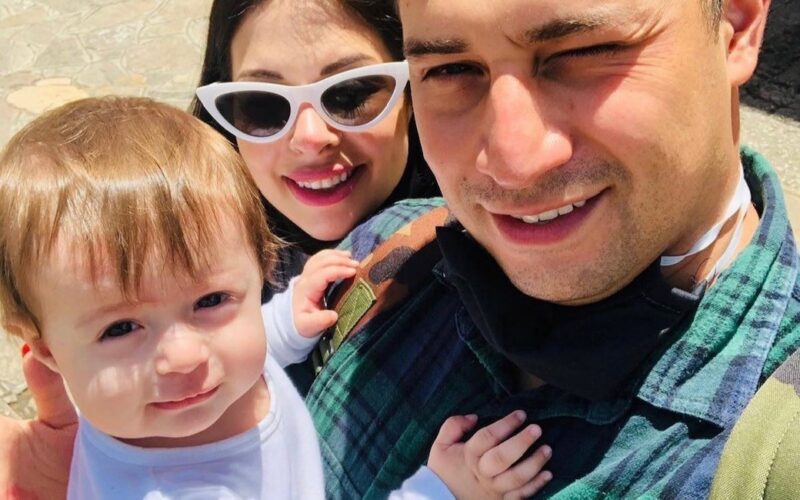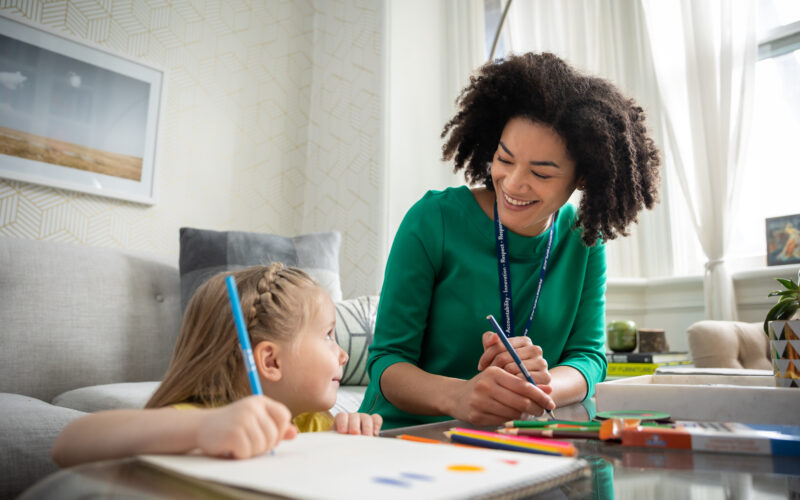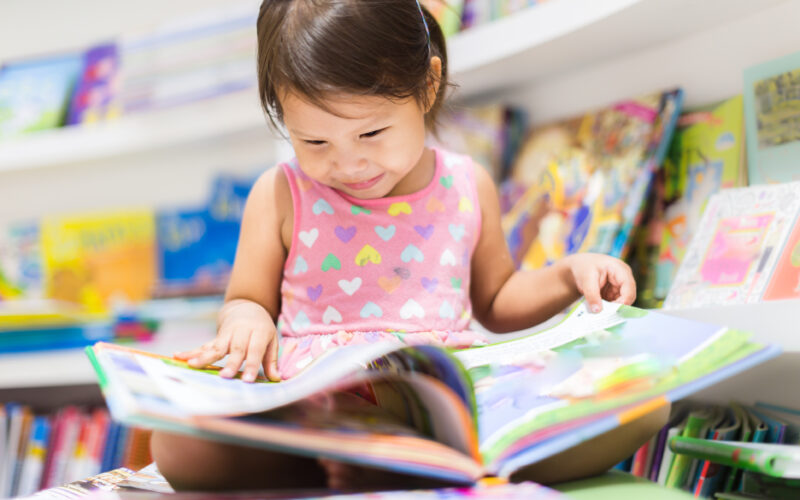FASD Community Gathering and Move-A-Thon
Moving Forward FASD Social Justice

Guest Speaker Myles Himmelreich
Sunday, September 8th 11am-3pm
St. James Park
Toronto, Ontario
Join us on September 8 at St. James Park for the first FASD Community Gathering: Moving Forward FASD Social Justice to come together to bring public attention to FASD and move-a-thon for better inclusion.
Why Are We Gathering?
Stigma and lack of awareness around FASD are causing significant social inequities and a lack of opportunities for equal participation. This results in broad discrimination and higher risk to vulnerabilities, particularly in overrepresentation in the criminal justice systems, greater risk of human trafficking and sexual exploitation, as well overall inequitable access to needed supports for individuals with FASD. Individuals with FASD deserve access to equal rights. This requires better awareness, education, consultation, and inclusion of those with FASD.
Event Details
The event will begin with a traditional land welcoming by Traditional Healer Pete Keshane and a speech on social justice issues and FASD by Myles Himmelreich, a renowned motivational speaker. The event will feature community service info tables, interactive activities such as temporary tattoos, face painting, button making and awareness t-shirt giveaways.
We will then engage in an awareness demonstration led by Indigenous traditional dancers and a traditional drummer to support healing and to clear the path forward for the community in a good way. The group will journey from St. James Park to the Toronto Courthouse on University Ave, just north of Queen Street. When the 3 km round trip ends back at the park, participants will have an opportunity to speak with community services and make connections.

Driving and Transit Directions
Traveling by Streetcar: The park can be reached via the 504 King Streetcar from the east or west. The nearest stop is either Church Street or Jarvis Street.
Traveling by Subway: The nearest subway stop is King Station on the 1 (Yellow) Line. After exiting the subway station, it is a 5-minute journey east along King Street to reach the park.
Traveling by Car: Traveling from the North or West (Simcoe County or Peel Region), use the Gardiner Expressway East to Lower Jarvis St. and take a slight left onto the ramp towards St. Lawrence Market.
Traveling from the East (Durham Region), use the Don Valley Parkway South and take exit 1 towards Richmond St., merge onto Eastern Ave and turn slightly right onto Richmond St. E.
Parking is available around the St. Lawrence Market, all parking locations are an approximate 4 minute walk to St. James Park.

Speaker
Renowned Speaker Myles Himmelreich

Myles Himmelreich is a well-known motivational speaker, sharing his experiences of living with a disability. He facilitates mentoring groups for other youth and adults with FASD. He has done a great deal of work consulting and training for agencies to improve their capacity to understand and create inclusion for individuals with neurodiversity. Myles has presented at many conferences, including the International FASD Conference, and was invited to and spoke at the Legislative Assembly of BC. Myles was also a co-lead of a ground-breaking study on the health and physical issues of adults living with FASD. Myles is a local, national and international trainer on living with a disability, FASD in the legal system, as well as the school system. He is a system changer and advocate with a passion for creating inclusion for community members. This can be seen by the entirety of his body of work including, that with the Representative of Children and Youth in the province of BC. His goal is to inspire audiences to change the way they view disability and empower those with diversity to know and find their purpose.
Special Guests – Red Shoes Rock
Maggie May

Maggie May is an adult who was born with FASD from Ireland. Maggie speaks internationally about the effects and impact it has had on her life. She provides advice for those living and working with those with FASD, and supports others with FASD. Maggie also runs online support and social groups for kids, teens & Adults living with FASD in 5 different countries every Month. In addition she is an ambassador for FASD Awareness Uk charity and is also the FASD Red Shoes Rock Ireland’s ambassador. Maggie is also a member of the International Adult Leadership Collaborative of FASD Changemakers .
RJ Formanek

Having not received an FASD diagnosis until his late forties, RJ Formanek was startled to find how many of the strategies he had used throughout life were a result of FASD. While being educated in FASD at the Anishinabek Educational Institute in North Bay, Ontario RJ found that the sharing of these strategies were a helpful educational tool and that, along with founding the Facebook support group “Flying With Broken Wings” gives him a unique insight into living with Fetal Alcohol Spectrum Disorder, which he shares freely.
He is co-founder of the FASD advocacy and support group “Red Shoes Rocks” which shows that FASD is real and many people are dealing with it every day, all around the. RJ also speaks widely, advocating for people living on the spectrum. It is through team effort that there is more research and education being done, and getting this out to the public is important.
Project Partners and Sponsor
Project Partner
SickKids Lotus Health Clinic
Red Shoes Rock
Sponsors

Ontario Brain Institute

Health Nexus

Pantree
FASD T-Shirt for Purchase and Giveaways
For the second year in a row, the Classroom Celebrating Neurodiversity will be designing a t-shirt that will be for sale. This year, the theme of the shirt is FASD and Social Justice. In addition, there will be a raffle and giveaways over the course of the event.
T-shirts will also be available for purchase at the event.


